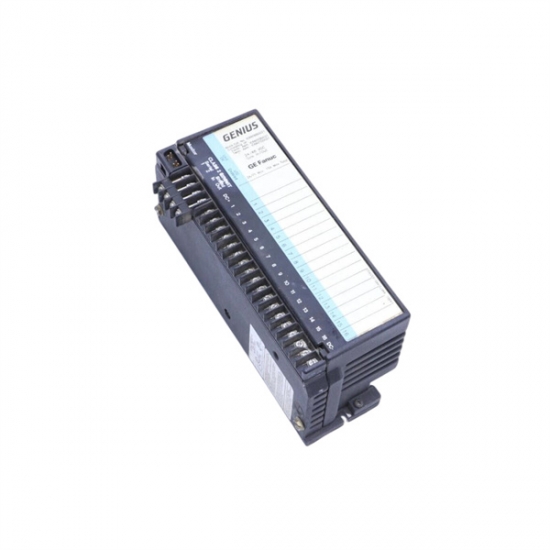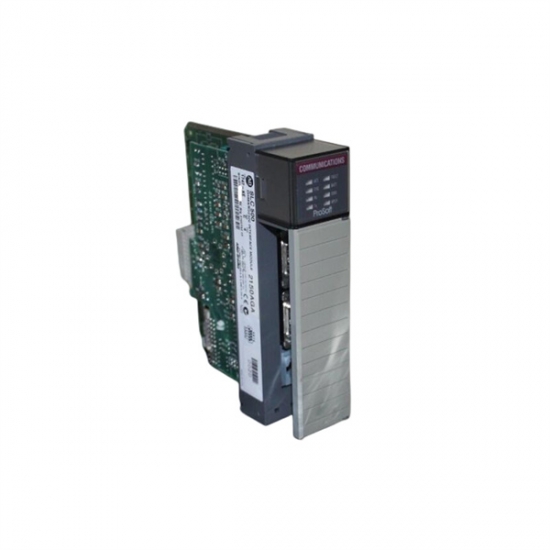MOORE автоматизация ограничена
Moore Automation Limited Moore Automation Limited была создана в 1998 году, и ее ведущий поставщик программируемых логических контроллеров и частей автоматизации к китайскому промышленному и горнодобывающему секторам. Наша миссия должен стать предпочтительным поставщиком оборудования автоматизации; обеспечивая продукцию самого высокого качества, предлагая отрасли различные альтернативы снижению затрат и достижению эффективности производства. в дополнение к новым частям, мы также предлагаем излишков и использованных частей автоматизации, предоставляя альтернативы старым или устаревшим частям , наша целеустремленная команда стремится оставаться на переднем крае передового опыта в отрасли, чтобы дать им возможность предоставить экспертные знания и отличное обслуживание автоматизация moore придерживается корпоративная философия преуспевания , будь то части, эффективность обслуживания или доставки, и мы стремимся быть лучше. с момента его создания автоматизация moore продолжается вводить новшества и мы всегда можем подключить наших клиентов к продуктам, которые им нужны, независимо от того, насколько редки их автоматизация. бизнес автоматизации moore охватывает широкий круг клиентов во всем мире для обеспечения широкого спектра компонентов автоматизации. у нас есть большой запас высококачественных деталей с избыточным контролем. мы также распространяем множество новых аппаратных и программных продуктов для поддержки существующих систем управления или использования новейших технологий управления. у нас есть опытный персонал, обширные испытательные установки, и мы можем предоставить 1-летнюю гарантию на все наши излишние детали. Мы специализируемся на аббревиатурах dcs foxboro dcs, honeywell dcs, ovation dvswe у усадьбы, имеют большой запас высококачественных деталей с избыточным контролем. мы в настоящее время имеем более десятков миллионов долларов в Модуль dcs card plc , готовые к распределению. все части, продаваемые автоматизацией moore, имеют 12-месячная гарантия , и прошли тщательное тестирование и сертификацию. если вы закажете несколько продуктов, свяжитесь с нами, мы можем предоставить вам прогрессивная скидка , если вы обнаружите, что другие поставщики предлагают более дешевые цены для того же продукта мы также рады предложить вам скидки в зависимости от цены! Http: //mrplc@mooreplc.com отличные линейки продуктов системы управления (dcs, plc / sps, cnc) - панельные контроллеры - hmi и дисплеи - Промышленные ПК - приводы (преобразователь частоты и серво) - двигатели - источники питания небрежно: 3500 система / 3300 система контроля и защиты системы, фронтальный датчик тока вихревого тока germany epro (philips): pr6422 / pr6423 / pr6424 / pr6426 вихретоковый датчик, pr9268 серия электрических датчиков вибрации, emerson csi6500 система контроля состояния оборудования a6312 / a6110 / a6120 / a6210 / a6220 виброметр (weber): vm600 mpc4 vm600 cmc16 vm600 ioc4t датчики вибрации, датчики ускорения, датчики вихревых токов, модуль связи шлюза системы мониторинга. Allen-Bradle y ( rockw ell ab): prosoft: mvi69 / ps69 / mvi56 / mvi94 / mvi71 / mvi46 / 3150 Серия slc500: 1747/1746 micrologix: 1761/1763/1762/1766/1764 series compactlogix: серия 1769/1768 Серия logix5000: 1756/1789/1794/1760/1788 Серия PLC-5: 1771/1785 ics доверяла тройную отказоустойчивую систему Процессорный модуль bachmann plc bachmann / mpc240 / mpc270 / mx213. модуль цифрового ввода / аналогового ввода / сетки schneider modicon: квантовая серия 140: modicon m340 modicon premium: процессорный процессор процессора, модуль аналогового ввода модуля связи, модуль ввода цифрового входа. общий электрический ge: ic693 / ic695 / ic697 / ic698 / ic200 / ic660 / ic670 cpu, модуль связи, аналоговый цифровой модуль. ex2100, ex2000 система возбуждения system200 серия, серия ds200. invensys foxboro (foxboro): система серии i / a, модуль управления полем ввода / вывода fbm, управление логикой лестницы, обработка аварийного сигнала, номер аналоговое преобразование, обработка входных / выходных сигналов, обмен данными и обработка данных. invensys triconex: трезубельная избыточная отказоустойчивая система управления, самый современный отказоустойчивый контроллер, основанный на архитектуре тройной модульной избыточности (tmr). westinghouse (westinghouse): система овации, система wdpf, запасные части системы запаздывания. Honeywell: alcont, experion ls, experion pks, experion hs, plant scape, tdc 2000, tdc3000, tps, система безопасности и т. д. АВВ: freelance 800f (ac800f, ac700f) abb robotics запасные части, bailey infi 90, favor-800xa, s900 i / o.advant ocs abb procontic.abb h & b contronic. abb procontrol p13 Эмерсон: дельта-системы, двойные резервные системы безопасности, избыточные контроллеры, силовые модули и блок ввода / вывода, аналоговый модуль ai, аналоговый модуль ao. сименс: siemens simatic s5. Сименс симакс s7.siemens teleperm moore apacs и quadlog, siemens simatic c1. сименс симадин. siemens iskamatic. yokogawa (yokogawa): centum cs - centum vp.centum xl-micro xl.fa-m3.microxl.prosafe-plc cs3000 системный процессорный модуль контроллера, аналоговый модуль. yaskawa (yasukawa): запасные части для роботов, сервоконтроллер, серводвигатель, сервопривод. motorola (motorola): vme 162, mvme 167, mvme1772, mvme177. xycom: i / o, vme плата и процессор. bosch rexroth: indramat, модули ввода / вывода, контроллеры plc, модули привода и многое другое. Вудворд: контроллер положения распределительного клапана, 505 / 505e (9907-162, 907-164, 9907-165, 9907-167) цифровой контроллер, 2301a контроллер серии 9905, серия 2301d-st промышленные роботы: abb robots, robuc robots, роботы yaskawa, роботы kuka, роботы mitsubishi, роботы otc, роботы-роботы, роботы-роботы!
прочитайте больше




























































































